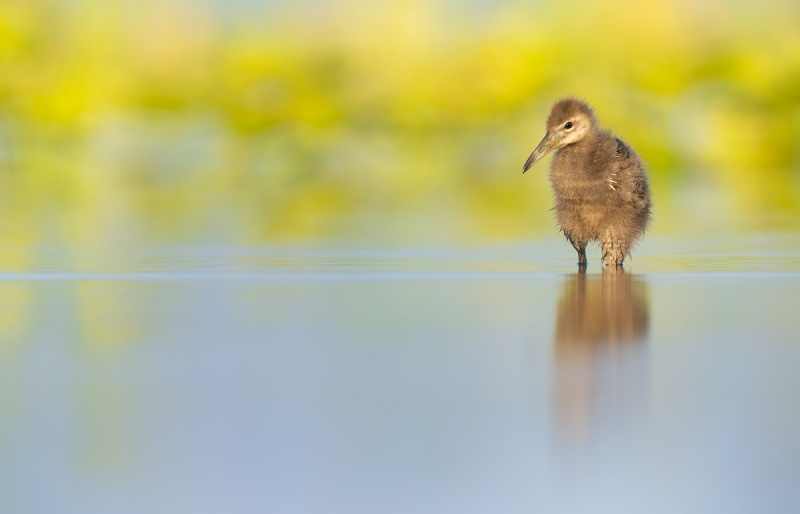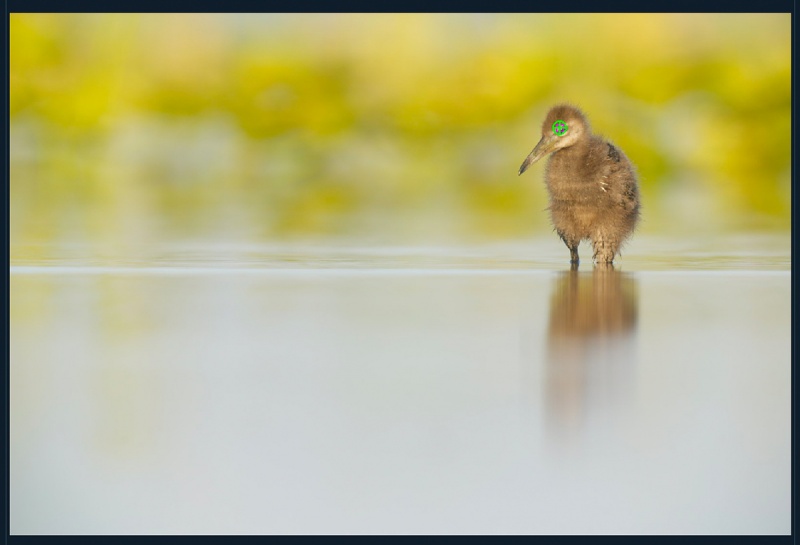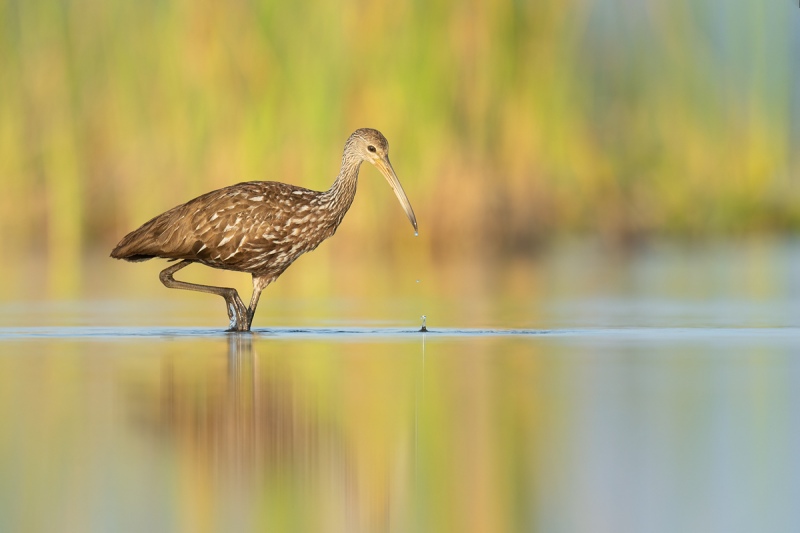Your Favorite?
Which of today’s two featured images do you like best? Why?
What’s Up?
Same old, same old. Conditions were perfect on Tuesday morning, but there was not much to photograph. Both pairs of Black-necked Stilts are incubating their clutches now. The pretty nest has a second egg. With one adult sitting on the eggs, the other feeds at quite a distance from their nest. The crane families are all doing fine.
Today is Wednesday 2 June 2021. The forecast for this morning is for cloudy with a good chance of drizzle. I may try to do some flowers … Wherever you are, and whatever you are doing, I hope that you have a great day.
This blog post took about an hour to prepare, and makes 158 consecutive days with a new one. Please remember that if an item — a Delkin flash card, or a tripod head — for example, that is available from B&H and/or Bedfords and is also available in the BAA Online Store, it would be great if you opt to purchase from us. We will match any price. Please remember also to use my B&H affiliate links or to save 3% at Bedfords by using the BIRDSASART discount code at checkout. Doing either often earns you free guides and/or discounts. And doing so always earns my great appreciation.
Huguenot Memorial Park and/or Jacksonville Nesting Beaches Info Requested
If you photograph regularly at Huguenot Memorial Park and/or any of the other of the publicly accessible beaches north of Jacksonville that have nesting Laughing Gull, Royal and Sandwich Terns, and possibly Brown Pelican, please get in touch via e-mail or call or text me at 863-221-2372.
Please Remember
With income from IPTs now close to zero, please, if you enjoy and learn from the blog, remember to use one of my two affiliate programs when purchasing new gear. Doing so just might make it possible for me to avoid having to try to get a job as a Walmart greeter and will not cost you a single penny more. And if you use Bedfords and remember to enter the BIRDSASART code at checkout, you will save 3% on every order and enjoy free second-day air shipping. In these crazy times — I am out at least forty to sixty thousand dollars so far due to COVID 19 (with lots more to come) — remembering to use my B&H link or to shop at Bedfords will help me out a ton and be greatly appreciated. Overseas folks who cannot order from the US because of import fees, duties, and taxes, are invited to help out by clicking here to leave a blog thank you gift if they see fit.
New and Better Bedfords Discount Policy!
You can now save 3% on all of your Bedfords photo gear purchases by entering the BIRDSASART coupon code at checkout. Your discount will be applied to your pre-tax total. In addition, by using the code you will get 2nd day air shipping via Fed Ex.
Grab a Nikon AF-S Teleconverter TC-14E III and save $14.99. Purchase a Canon EOS R5 and your discount will be $116.97. Purchase a Sony FE 600mm f/4 GM OSS lens and save a remarkable $389.94! Your Bedford’s purchase no longer needs to be greater than $1,000.00 for you to receive a discount. The more you spend, the more you save.
Money Saving Reminder
Many have learned that if you need a hot photo item that is out of stock at B&H and would enjoy free second-day air shipping, your best bet is to click here, place an order with Bedfords, and enter the coupon code BIRDSASART at checkout. If an item is out of stock, contact Steve Elkins via e-mail or on his cell phone at (479) 381-2592 (Central time). Be sure to mention the BIRDSASART coupon code and use it for your online order to save 3% and enjoy free 2nd-day air shipping. Steve has been great at getting folks the hot items that are out of stock at B&H and everywhere else. The wait lists at the big stores can be a year or longer for the hard to get items. Steve will surely get you your gear long before that. For the past year, he has been helping BAA Blog folks get their hands on items like the SONY a9 ii, the SONY 200-600 G OSS lens, the Canon EOS R5, the Canon RF 100-500mm lens, and the Nikon 500mm PF. Steve is personable, helpful, and eager to please.


Gear Questions and Advice
Too many folks attending BAA IPTs (remember those?) and dozens of photographers whom I see in the field and on BPN, are–out of ignorance–using the wrong gear especially when it comes to tripods and more especially, tripod heads… Please know that I am always glad to answer your gear questions via e-mail.
|
|
|
This image was created on 26 May 2021 in the marsh down by the lake at ILE. While seated on a milk crate and working off the rear screen just above water level, I used the Induro GIT 304L/ Levered-Clamp FlexShooter Pro-mounted-Sony FE 600mm f/4 GM OSS lens, the Sony FE 2.0x Teleconverter, and The One, the Sony Alpha 1 Mirrorless Digital Camera (Body Only). ISO 800. The exposure was determined by Zebras with ISO on the rear wheel: 1/640 sec. at f/9 (stopped down 1/3 stop) in Manual mode. AWB at 7:28am on a sunny morning. Wide/AF-C was active at the moment of exposure performed to perfection. Click on the image to enjoy a larger version. Image #1: Limpkin chick |
In the It’s a Start — Limpkin with Chick blog post here, I shared an image of a Limpkin chick huddled below one parent waiting to be fed. The next day I returned hoping to do better. I did. Much. One of the images that I wanted was one of a single Limpkin chick all by its lonesome. Since the Limpkin families, including and especially this one, are notoriously shy I started and ended my quest at 1200mm. In any case, mission accomplished.
|
|
Image #1A: AF point for the Limpkin chick image |
You Gotta-Be-Kidding-Me AF Performance
Perfect eye-tracking at 1200mm is something I could not even have dreamed of. Coming soon: the things I hate about the world’s best bird photography camera body.
Viveza
I am continuing to use Viveza and am getting better at it. I will be doing a basics video on it soon. With both of today’s featured images, I used it to juice up the BLUEs in the water. You can see that best by comparing the color tone of the water in Image #1 with the color tone of the water in the screen capture (in #1A). The latter reflects the original.
In the second image, I used Viveza to tone down the YELLOWs and the GREENs in the BKGR.
|
|
|
This image was also created on 26 May 2021 in the marsh down by the lake at ILE. Again, while seated on a milk crate and working off the rear screen just above water level, I used the Induro GIT 304L/ Levered-Clamp FlexShooter Pro-mounted-Sony FE 600mm f/4 GM OSS lens, the Sony FE 2.0x Teleconverter, and The One, the Sony Alpha 1 Mirrorless Digital Camera (Body Only). ISO 800. The exposure was determined by Zebras with ISO on the rear wheel: 1/640 sec. at f/8 (wide open) in Manual mode. AWB at 7:32am on a sunny morning. Wide/AF-C was active at the moment of exposure performed to perfection. Click on the image to enjoy a larger version. Image #2: Limpkin — adult foraging |
Wearing My Glasses
When I am sitting on the milk crate working off the rear screen with the lens just inches above the water, wearing my reading glasses enables me to get a fairly good look at the screen. But from a distance of about 18 inches I cannot see the tiny, green Eye AF box. But a1 AF is so good that I have no trouble trusting the system.
I will be sharing several additional images from the Great Limpkin Morning here at some point.
Sony Alpha a1 AF
Barring operator error, the performance of the Sony Alpha a1 AF system at any focal length — including at 1200mm as seen in recent blog posts — is, when the a1 is set up properly as detailed in the in e-mails to the Sony Alpha a1 Info & Updates group, more than remarkable. Early on, there was lots of discussion within the group with many preferring multiple back button approaches. For me a simple shutter button approach with the right AF settings that yield 99% sharp-on-the-eye images is best. By far. It is super-simple and mega-effective. In recent SONY Alpha a1 Set-up and Info Group e-mails, I shared what I have learned as to when and it what situations it is best to abandon Wide. And with what. The group has already learned to limit the AF Area choices and to switch AF Areas quickly and conveniently. The default method of switching AF points with the C2 button is both slow and cumbersome. In addition, recent e-mails have detailed the best program to use to pick your a1 keepers and the big problem with the Camera Set. Memory menu item.
SONY Alpha a1 Set-up and Info Group
The SONY Alpha a1 Set-up and Info Group is going great guns as folks chime in with thoughtful questions and experience-based advice. We are now up to an astounding 49 blessed folks. Early on, we discussed the myriad AF options. I gave my opinion as to the best one for flight and general bird photography. More recently, we have been in contact with folks at SONY sharing our thoughts, experiences, and frustrations with the EVF blackout problem.
All who purchased their Alpha a1 bodies via a BAA affiliate link will receive a free subscription to the Sony Alpha a1 Set-Up and Info Updates after shooting me their receipts via e-mail. (Note: it may take me several days to confirm B&H orders.) This same service may be purchased by anyone with an a1 body via a $150.00 PayPal sent to birdsasart@verizon.net indicating payment for Alpha a1 Info Updates. Alternatively, folks can call Jim weekdays at 1-863-692-0906 to pay via credit card. New members will receive composite e-mails that summarize all previous discussions.
Typos
With all blog posts, feel free to e-mail or to leave a comment regarding any typos or errors.


















Thanks James, Alan, and Ted.
with love, a
I like ’em both. #2 though is by far my favorite. All the others seem to agree and have pretty much covered the reasoning for choosing #2. I agree with all. I also agree that slightly lower in the frame “Rule of Thirds” my have worked out slightly better. But hey, rules are meant to be bent/broken. What’s your Fav Mr. Morris? Why? What could you have done better? Is better possible? Do you regret not trying something else? What do you do as you place your milk crate to be as environmentally safe to the marsh? You’re the best.
Hi Jeff, Thanks for the comment. I like them both equally. I did make lots of different images that morning. As for the crop, I like them as presented that’s why I cropped them as I did 🙂
Not sure on your environmental question … I respect the two nests and place the crate on the mud where it will not do any harm.
with love, artie
I also prefer #2. You see more of the Limpkin and the water reflection is better. Very Nice!!
I prefer #2 — it’s a more interesting pose and a better composition. Even so, I would have put the bird lower in the frame, closer to a rule-of-thirds intersection point. There’s too much empty space in the lower portion of the frame. (A MUCH worse problem in the first photo.)
All in your humble opinion, of course.
with love, a
Image #2 is my Favourite
I love the colours of the background, the colours of the foreground, and the water droplets and the small splash hitting the water, all put it over the top for me!
#1 is cute, but #2 is my favorite. Head turned towards you, foot up in a “Jethro Tull” pose, and especially the water drop hitting the water.
Image #2 is my favorite. I like the position of the bird, it’s one foot up, dripping water from the bill and all that reflected and background color. Don’t know how you managed to get the horizontal line in the water that separates the top and bottom of the image but its a nice addition. Very nice image.